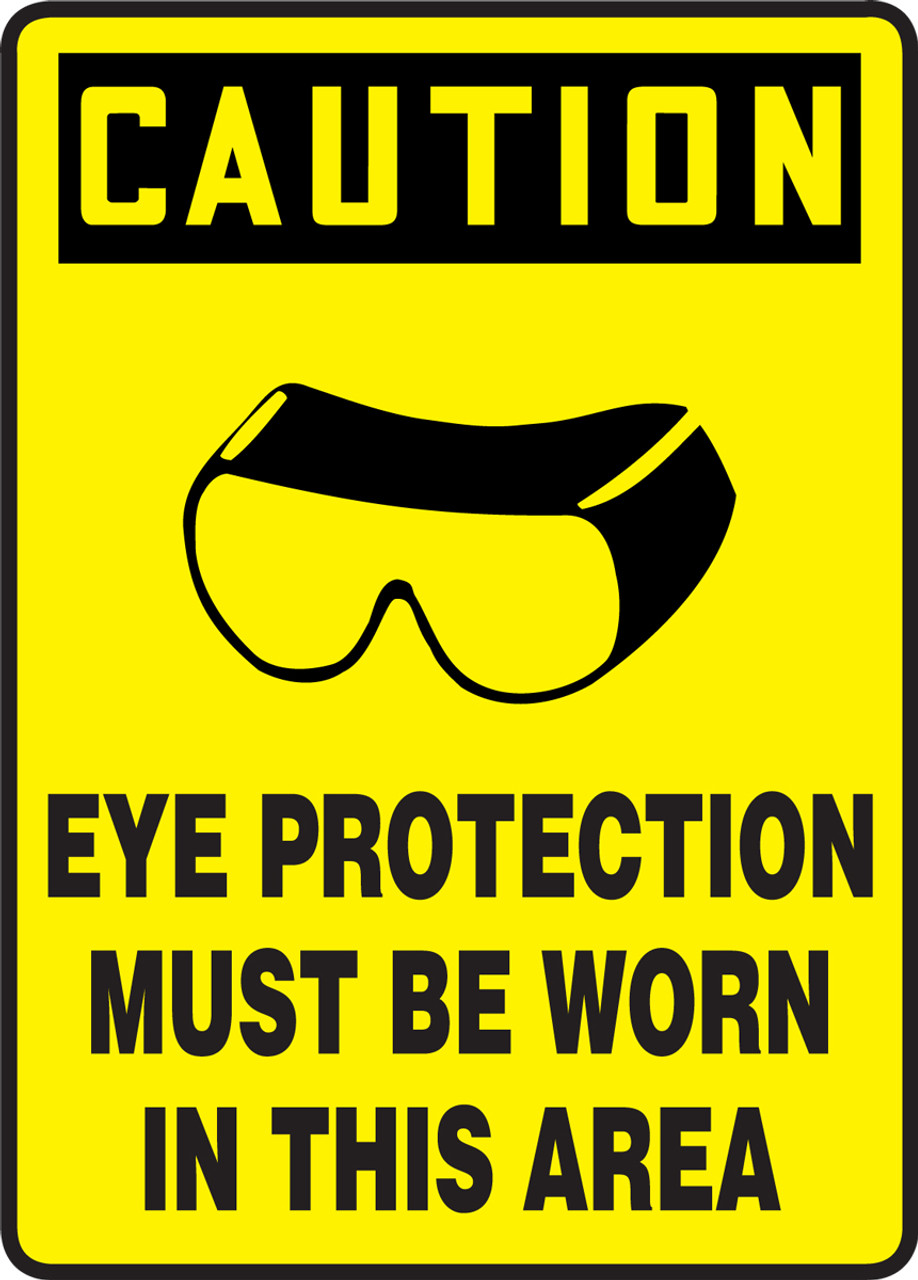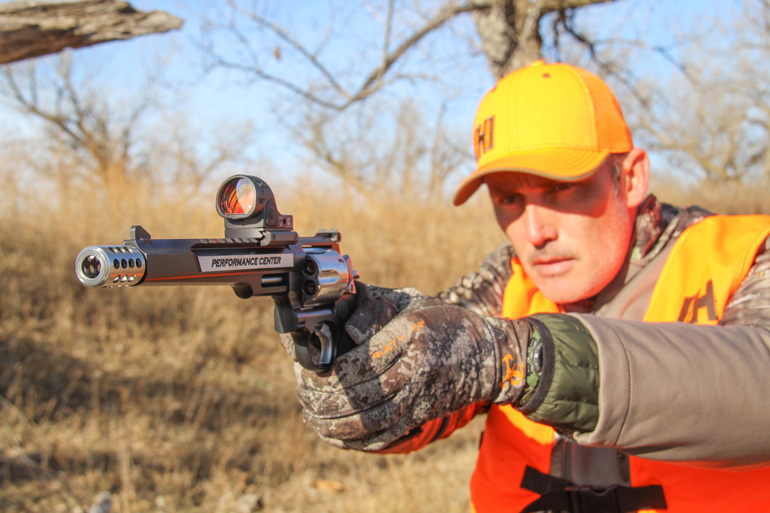
Martial arts aren't limited to Europe and Asia. African cultures have evolved their own methods and fighting styles, as well their own ways of combating self-defense. These systems include Nguni stick fighting, Judo and Dambe, Hapkido and Hapkido.
Nguni stick-fighting
Nguni stick-fighting, an ancient African martial art, has been practiced since the Middle Ages. It is similar in style to UK underground boxing. It is performed in public spaces where large crowds are present. A small fee is charged to compete in a competition, and the winner will receive a prize pot. Many poor communities turn to this form of sport for additional income. To prepare for their fights, the fighters make use of traditional medicine. The Nguni stick fight is considered a badge of honor.

Dambe
Dambe is a form a Nigerian martial art that is mostly practiced by Hausa people. Typically, competitors aim to submit their opponents within three rounds, which can result in serious bodily injury. In Hausa, boxers are called damanga (boxers).
Hapkido
Hapkido can be described as a form of karate where force is applied in the direction of a particular joint. The purpose of hapkido, which is also a form of karate, is to force the joint out its normal range of movement. It can cause pain and allow you to control an opponent. It's different to aikido, which is pacifist in its philosophy.
Judo
Judo is an African martial art. Although the modern version of Judo is derived from Japan it was first developed in Africa more than a thousand years before. Many African countries still practice these ancient art forms today.
Tai-Chi
While on safari in Africa, many Africans practice Tai-Chi. One is a Rwandan student that posts videos on social media of his practice. Another Cameroonian has learned boxing skills through taichi.

Ju-Jitsu
Ju-Jitsu's martial arts aren't just popular in Japan. There is plenty of Ju-Jitsu training on the continent. Angola, Burkina Faso, Nigeria and Burkina Faso all belong to the West African continent. This fighting style emphasizes leg strength as well as sweeping andkicking your opponent.
FAQ
How much does a stun gun cost?
A stun gun ranges in price from $20-$100, depending on the model.
Most models come with two batteries. The battery lasts approximately three to four months.
What time does it take for a stun gun to be recharged?
This varies depending on the type of battery.
For example, AAA batteries take up to 8 hours to charge while AA batteries take approximately 2 hours.
Which self-defense method is most effective?
Avoiding being attacked is the best way for you to defend yourself. When you are attacked, it is best to flee as fast and as possible. This will give time for you to plan a better defense strategy.
If you cannot escape, use whatever defensive techniques you have learned. These include punches or kicks as well as knees. To stop your attacker from attacking you more, you can grab his arms and legs.
If none of these options works, you will need to fight back with all the available tools. Your naked hands are the most powerful weapon. If you don't know how to properly use them, you might consider learning another form of self-defense.
Statistics
- Most likely, you'll get tapped out by 90% of the people in your first 3-5 months. (mmaclan.com)
- Some people walk into a gym thinking they are going to become the best by training whenever they like and not putting 100% effort in. (budodragon.com)
- Boxers aren't allowed to fight in a clinch, which is a position that occurs in 80% of the streetfights. (mmaclan.com)
- The Rape, Abuse & Incest National Network reports that 70 percent of sexual violence cases aren't committed by random strangers in a dark alley but by people we know: friends, family, partners, co-workers, etc. (healthline.com)
External Links
How To
How to use Kubotans for self-defense
Kubotan refers to small sticks used as weapons in Okinawan martial artists masters. They were originally made from bamboo but have been replaced by metal and plastic.
They typically measure between 5cm and 2cm.
The Kubotan is designed for striking at an opponent's eyes and nose. It can also be used against other body parts, such as elbows or knees.
Women often use Kubotan because they are easy to carry, lightweight, and can easily be concealed when not needed.
Knowing where to place your Kubotan to strike the correct spot is essential to be able to effectively use it.
Before you can hit the right spots, practice with the Kubotan.
These steps will show you how to use the Kubotan for self-defense.
-
Face the attacker
-
Hold the Kubotan securely between your thumb and index fingers.
-
Hold the Kubotan in your right hand.
-
Swivel the Kubotan down towards the attacker's head.
-
On the nose, eye, or area of the mouth, strike the attacker.
-
As the Kubotan hits the target, you should see its impact.
-
Continue to swing your Kubotan until the Kubotan makes a "thwacking sound".
-
Lower the Kubotan to step back
-
Continue fighting, follow Steps 1-7.